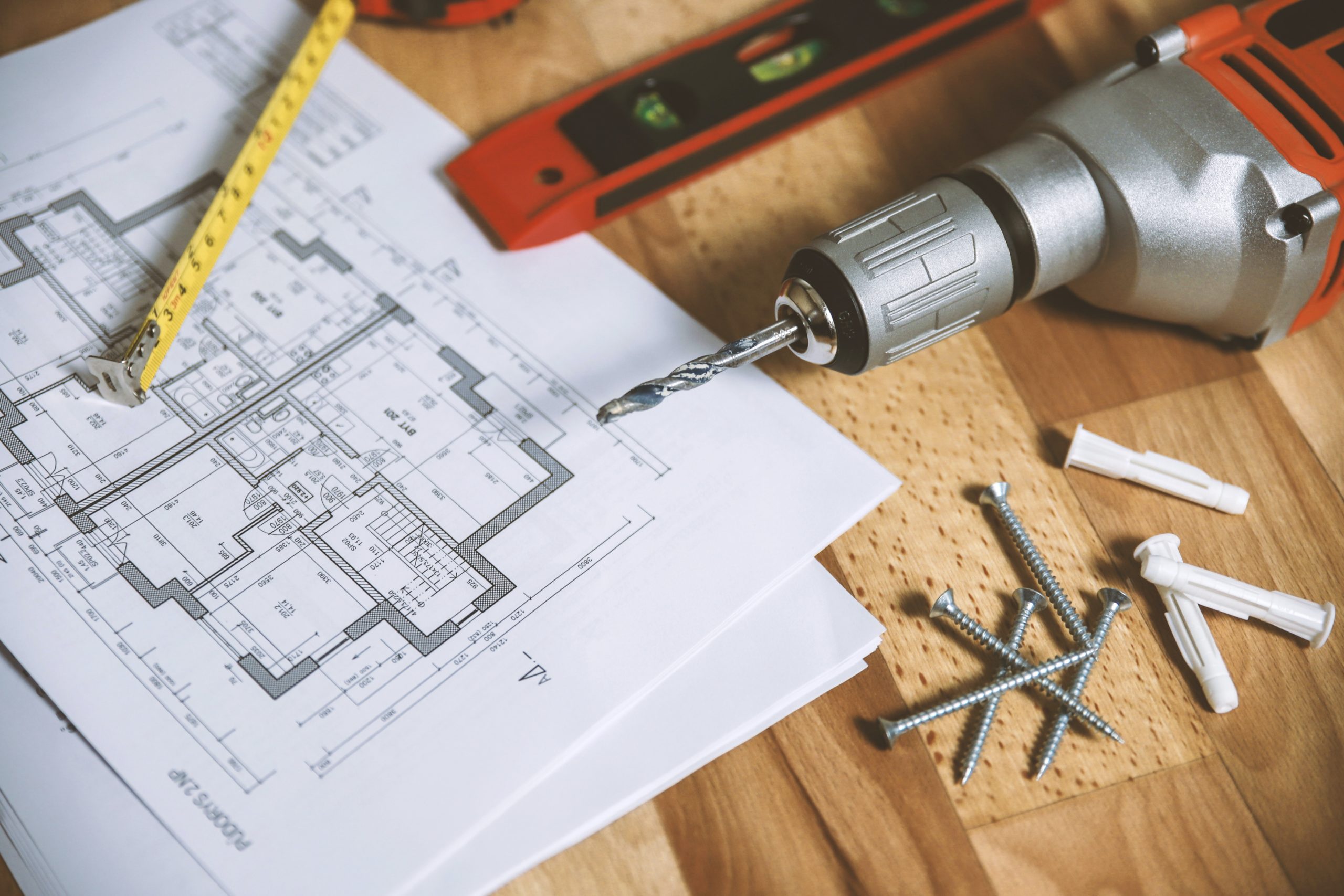Summer is almost here, and that means it’s time to start thinking about your air conditioner. With so many components and technical terms, it can be challenging to understand how your system works.
This guide will help you become familiar with common terms and parts to ensure your home stays cool and comfortable during the hot months. So, let’s dive right in and learn how to better understand your air conditioner.
In order to fully comprehend the functioning of your air conditioner, it’s essential to familiarize yourself with key components like compressors and evaporator coils, as explained in-depth by experts at Premier Air Conditioning – your go-to resource for all things HVAC: https://premierairma.com/.
Condenser Unit
The condenser unit is the large, outdoor part of your air conditioning system, responsible for releasing heat absorbed from your home into the outside air. It contains several vital components, including the compressor, condenser coil, and fan.
If you notice a problem with your condenser unit, it’s essential to contact a professional for emergency plumbing repair in Mansfield, TX, to prevent further damage.
Evaporator Coil
The evaporator coil is located inside your home, typically near your furnace or air handler. Its main function is to absorb heat from your home’s indoor air, which is then transferred to the refrigerant and sent outside to the condenser unit.
Over time, dust and debris can accumulate on the evaporator coil, reducing its efficiency. Regular maintenance can help keep the coil clean and functioning correctly.
Refrigerant
Refrigerant is a substance that absorbs heat from your home’s indoor air and releases it outside. The most common refrigerant used in air conditioning systems is R-410A, also known as Puron.
Older systems may use R-22 (Freon), which is being phased out due to its ozone-depleting properties. It’s crucial to ensure your air conditioner has the correct amount of refrigerant for optimal performance.
Compressor
The compressor is a vital component of your air conditioner, located within the condenser unit. It pressurizes the refrigerant, allowing it to absorb and release heat more effectively.
The compressor is also responsible for circulating the refrigerant between the evaporator coil and the condenser coil. If the compressor fails, your air conditioner won’t be able to cool your home effectively.
Air Handler
The air handler is the indoor component of your air conditioning system, responsible for circulating cooled or heated air throughout your home. It typically contains the blower motor, evaporator coil, and various other components. Regular maintenance is essential to keep your air handler functioning efficiently and prolong its lifespan.
Thermostat
The thermostat is your air conditioner’s control center, allowing you to set the desired temperature for your home. Modern thermostats offer a range of features, including programmable schedules, smart home integration, and energy-saving settings.
Ensuring your thermostat is correctly calibrated and functioning is essential for maintaining a comfortable and energy-efficient home.
Air Filter
The air filter is a critical part of your air conditioning system, responsible for removing dust, pollen, and other particles from the air before it enters your home.
A dirty or clogged air filter can reduce your system’s efficiency, increase energy bills, and even cause damage to your equipment. Regularly checking and replacing your air filter can help maintain your air conditioner’s performance and improve your home’s indoor air quality.
Ductwork
Ductwork is the system of tubes and channels that distribute cooled or heated air throughout your home. Properly designed and installed ductwork is crucial for efficient air distribution and maintaining consistent temperatures.
Leaky or poorly insulated ducts can lead to increased energy bills and uneven cooling or heating. Regular inspection and sealing of your ductwork can help maintain your air conditioner’s efficiency.
In Conclusion
Understanding the different components and terms associated with your air conditioner is vital for keeping your home comfortable during the hot summer months. Regular maintenance and timely repairs can help prevent costly breakdowns and extend the life of your system.

